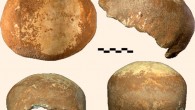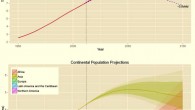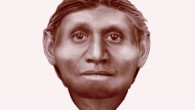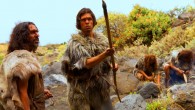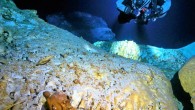A new study published in the journal Science Advances strengthens the view that human settlements of all times and places function in the same way by manifesting strongly interacting social networks, thus magnifying rates of social interaction and increasing the productivity and scope of material resources, human labor, and knowledge. The Maya city of Palenque in modern-day Mexico. Image credit: Peter Andersen / CC BY-SA 3.0. Previous studies have...


